Assessment of student learning is an on-going process, from formal feedback during the teachers’ project planning and preparation, to observations during the launch event, to individual conversations with every student, and all throughout the project.
And in order to do this, we must move our minds from thinking only about pencil/paper tests. While it can include those, true assessment of learning is much deeper than that.
Teachers move like hunter-gatherer nomads, searching for each morsel of mastery that the ripe student mind has produced. We’re constantly looking, digging, and searching for evidence of learning in whatever form it presents itself. We assess content knowledge. We assess skills development. We assess their growth as human beings in this world.
So when do we assess?
The answer is we assess every single moment we are with our students.
For more specific examples, check out my LiveBinder called Beyond Multiple Guess: Rubric and Assessment Options for PBL. It is positively full of ideas for your PBL classroom!
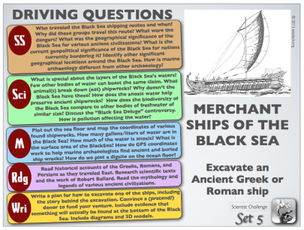
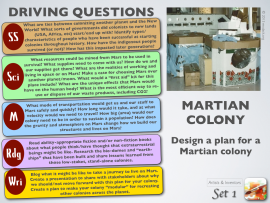
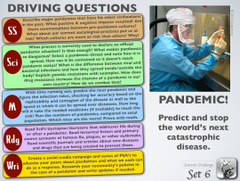
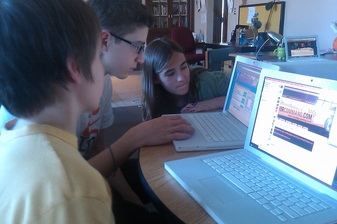
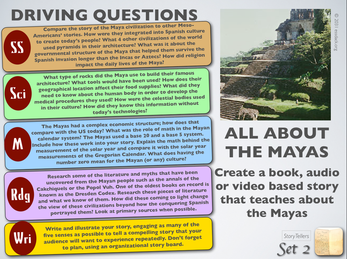
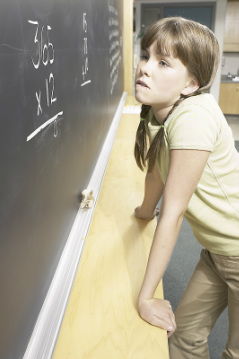
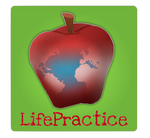

 RSS Feed
RSS Feed
